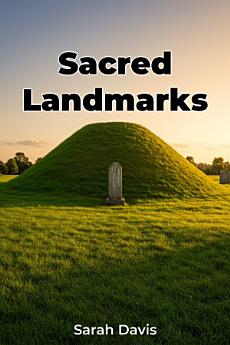Sacred Landmarks
About this ebook
The book begins by defining sacred landmarks within indigenous worldviews, contrasting them with Western perspectives. It delves into archaeological and anthropological evidence, analyzing construction, use, and symbolic meaning. Analyzing sites primarily in North America, South America, and Oceania, it examines the role of burial mounds, ceremonial grounds, and natural landscapes, demonstrating their function in ancestral veneration, communal rituals, and spiritual connection.
Unique in its approach, ""Sacred Landmarks"" integrates archaeological reports, ethnographies, and oral histories, emphasizing indigenous voices and perspectives. It underscores the resilience of indigenous cultures and their ongoing struggle for cultural preservation.
The book concludes by examining contemporary issues surrounding preservation and management, highlighting challenges posed by development, tourism, and climate change, and advocating for greater collaboration with indigenous communities.








